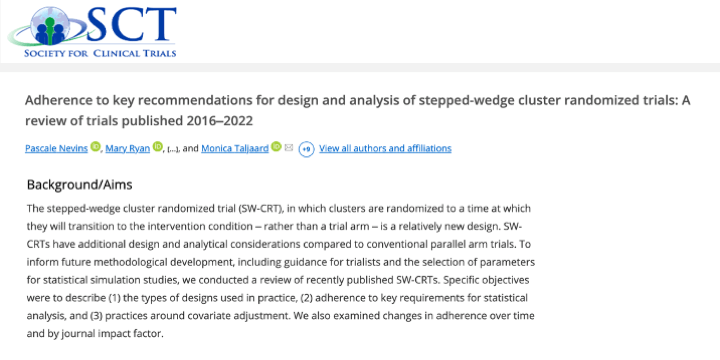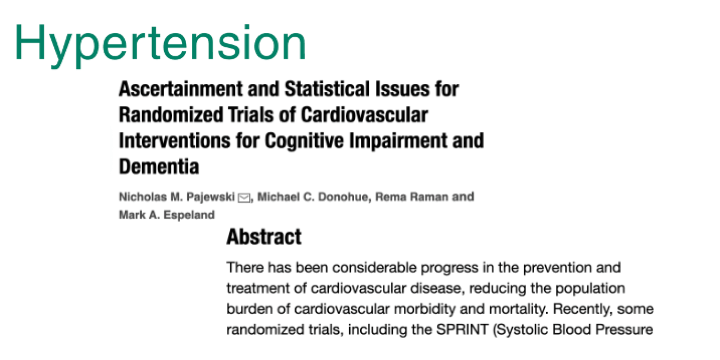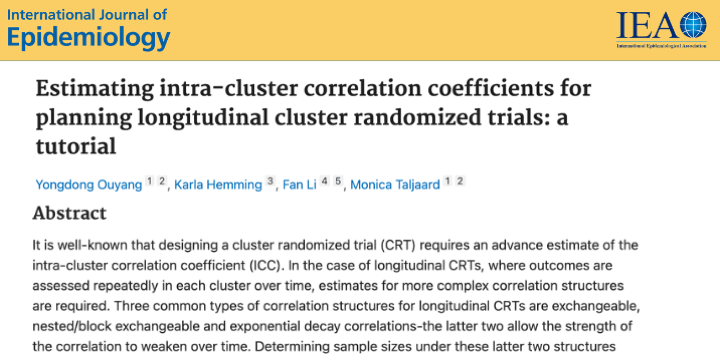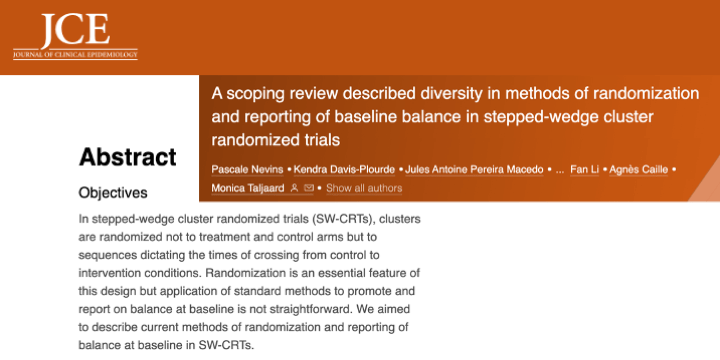Two IMPACT Collaboratory cores have developed new tools to assist in the design of embedded pragmatic trials (ePCTs) for people living with dementia.
The Design and Statistics Core has developed statistical tools and novel methodology to aid in the design and analyses of ePCTs for people living with dementia. These methods, manuscripts, statistical programs, and interactive web applications are now available to help researchers calculate sample sizes, intra-cluster correlations, and power for stepped wedge and cluster randomized trials.
The content can be accessed in IMPACT’s new Statistical Tools web page. The tools will be updated as new statistical resources become available.
The Technical Data Core has generated prevalence estimates of Alzheimer’s disease and related dementias (ADRD) for the Medicare population by geographic regions (e.g., state, hospital referral regions) and settings of care (hospitals, emergency departments, skilled nursing facilities). These data include the total number of Medicare beneficiaries, total number of beneficiaries with ADRD, and key demographic characteristics (age, sex, race, dual eligibility). Data from 2020 and 2021 are available for Medicare Advantage and Traditional Medicare populations. The prevalence data are available with consultation to help investigators planning ePCTs for people living with dementia in these settings of care.
Learn more about United States Dementia Prevalence Estimates among Medicare Beneficiaries. Interested investigators may request a consultation with an expert.











